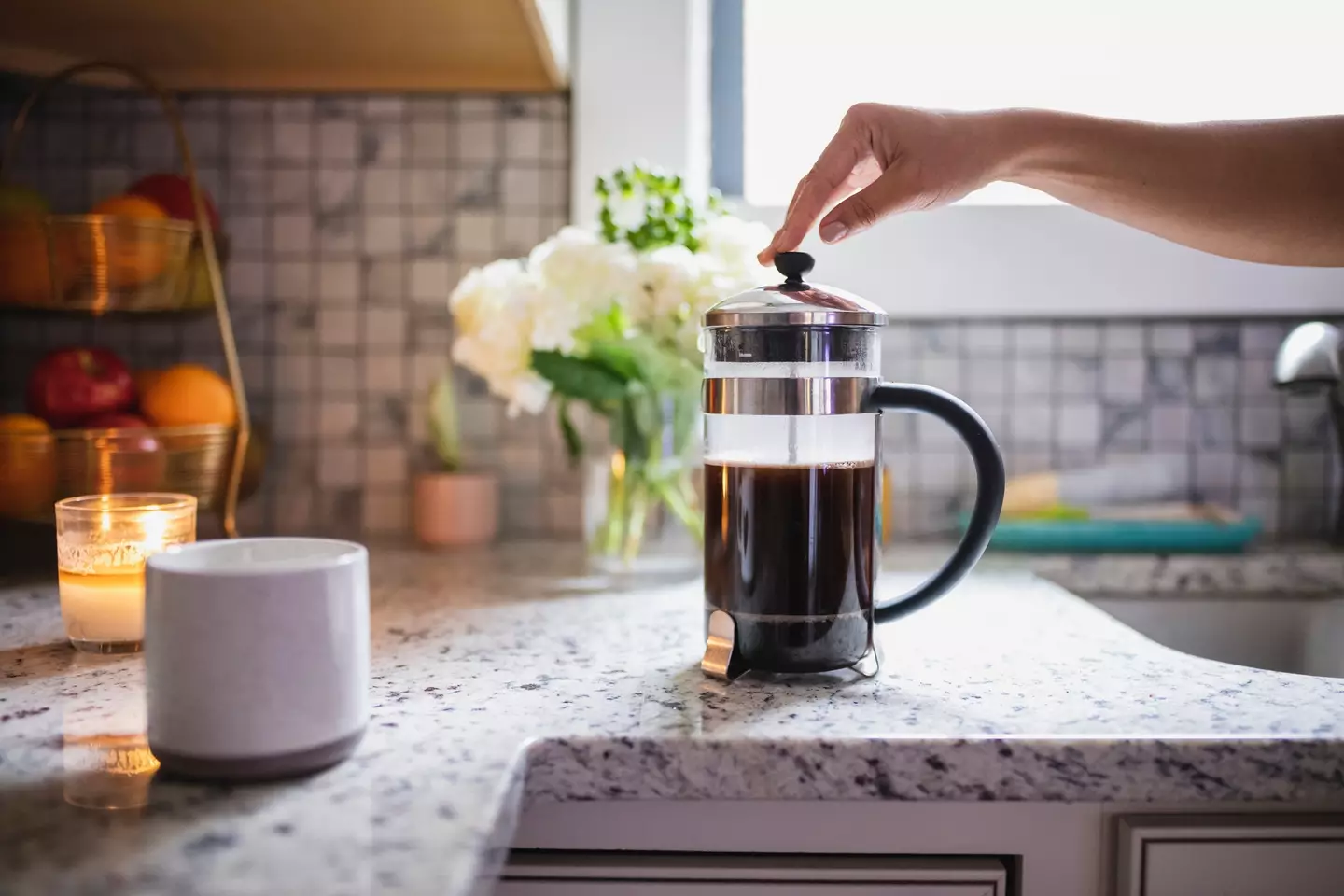
You can really get into the weeds with some things, and it’s debatable whether it’s worth opening Pandora’s Box.
Perhaps you’ve fallen into the audiophile camp and now all but the best speakers make your eardrums bleed. Maybe you’re a hobbyist sommelier and you can’t help but grimace when a dinner guest brings an unapproved bottle with them. Or maybe your morning coffee has turned into a chemistry puzzle that would see Walter White suggest you calm down.

There’s nothing wrong, of course, with wanting a decent cup of coffee in the morning. If you’ve made the switch from instant coffee to brewing grounds in a cafetiere or AeroPress, you’re already well-aware of how much nicer that shot of caffeine can be.
Advert
But those are just baby steps in the big, indulgent world of coffee brewing. If you want to take it to the next level, you might want want to consider ‘blooming’ your coffee before you brew it.
And what on God’s green Earth, I hear you ask, is ‘blooming’?
Thankfully, it’s a pretty simple little trick, and it can make your coffee smoother and less acidic.
If you’ve ever left a glass of water on your bedside table, you might have noticed it’s formed some small bubbles up the inside of the glass by morning. Those bubbles are full of carbon dioxide, and they get there because water’s pretty good at absorbing the stuff.
Advert
With that principle in mind, you can use water to draw carbon dioxide out of your coffee, provided you’re using grounds rather than the granulated instant stuff.
Speaking to The Takeout, coffee blogger Matt Woodburn-Simmonds explained: "Blooming coffee is adding a small amount of water, about double the weight of the grounds' worth, before adding more for brewing to allow the trapped carbon dioxide and other gases in the grounds to escape."
He continued: "Removing the carbon dioxide from the grounds allows them to interact better with the hot water for brewing. This gives better extraction for better flavour."
This blooming technique, sometimes called ‘pre-infusion’ or ‘low-pressure pre-infusion’, is most common to high-calibre espresso-making, French press use, and pour-over coffee, but Woodburn-Simmonds reckons it’s worth doing for ‘all coffee brewing methods’.
Advert
To do it properly, start with ground beans and put them in a filter as normal. Instead of adding all of the water at once, pour-in about two or three times the volume of water as there are grounds. The water needs to be hot for the best results. Wait 30 to 45 seconds and it should start bubbling, indicating the CO2 is being released from the grounds. Once that’s happening, pour in the rest of your water and finish the brew.

If you want to go the extra mile, and you like the idea of a chemistry set-esque coffee arrangement, Woodburn-Simmonds recommended one piece of equipment in particular.
"Using a gooseneck kettle will make [blooming coffee] easier as you can control your pour more precisely to get all of the grounds saturated without using too much water."
